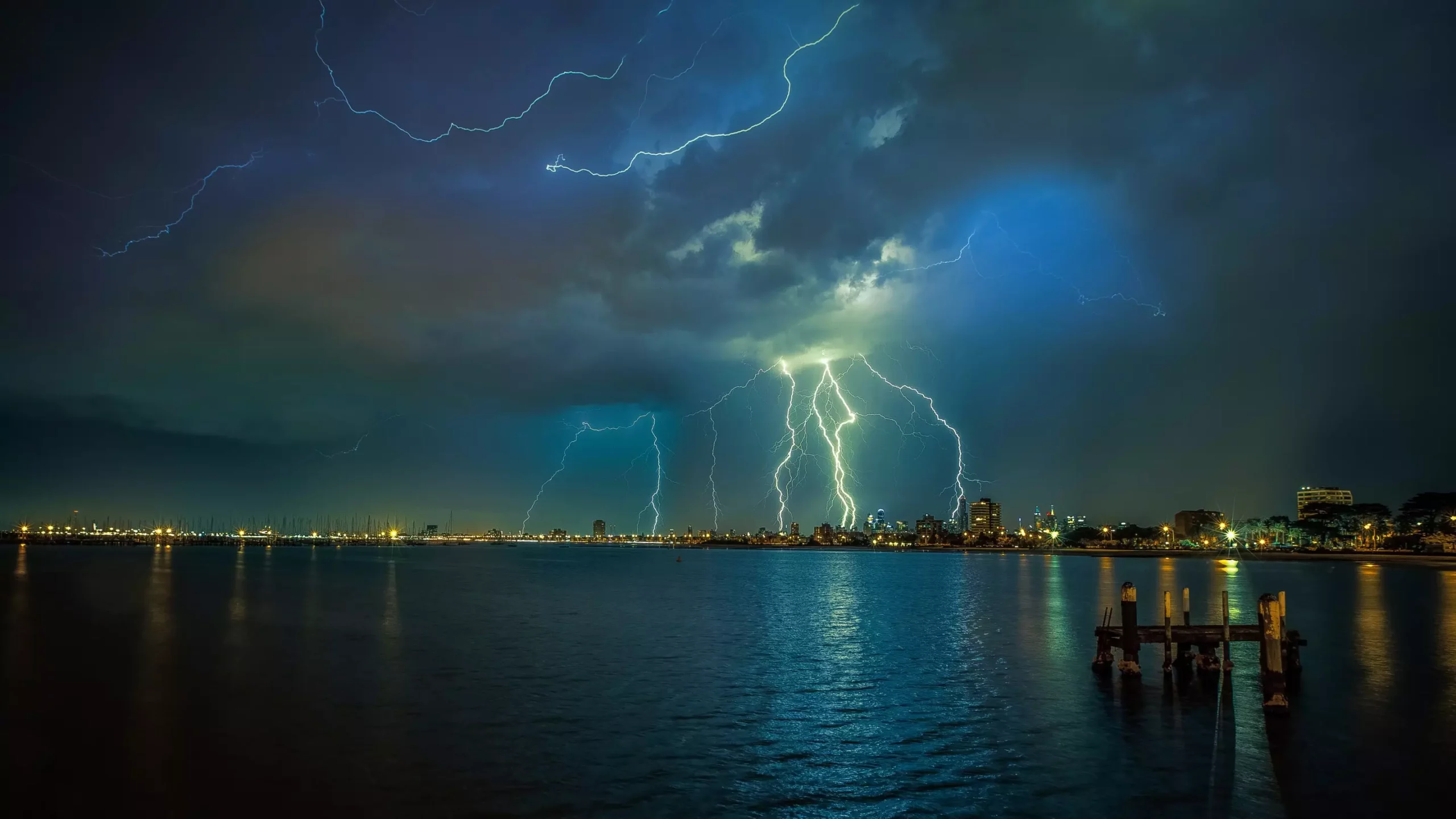Recent research has shed light on an alarming correlation between air pollution and the intensity of summertime thunderstorms. A team of researchers at James Madison University led by geography professor Mace Bentley has discovered that urban pollution serves as a catalyst for increased lightning activity during thunderstorms. This insight emerges from a comprehensive study that analyzed a staggering number of thunderstorms across major U.S. cities, offering a fresh perspective on how human-generated pollutants can exacerbate natural weather events.
The primary mechanism through which pollution influences thunderstorms involves the behavior of airborne particles, which serve as cloud condensation nuclei. According to Bentley, these pollution particles get drawn into storm clouds via updrafts, subsequently creating a dynamic interplay during the storm’s lifecycle. As the updraft and downdraft begin to separate these particles, they allow for the accumulation of electrical charges within the storm system, ultimately leading to an increase in the frequency and intensity of lightning strikes. This process underscores the significant role of anthropogenic factors in shaping weather patterns that were historically considered natural.
To quantify this phenomenon, Bentley and his team examined around 200,000 thunderstorms in Washington, D.C., and over 300,000 in Kansas City. By leveraging a rich dataset spanning 12 years from the National Lightning Detection Network alongside air quality data from numerous pollution monitoring stations, the researchers made a compelling case for the influence of atmospheric instability combined with urban pollution. The study specifically highlights that in conditions of high atmospheric instability, a further increase in pollution leads to a notable rise in cloud-to-ground lightning strikes. This relationship is particularly concerning as it illustrates how pollution-related weather extremes can pose greater risks to urban populations.
The implications of Bentley’s research extend beyond the borders of the United States. Currently, he is investigating similar phenomena in Bangkok, a city notorious for its severe pollution levels, and the initial findings suggest that the patterns observed in U.S. metropolitan areas are remarkably consistent. Interestingly, lightning occurrences in Bangkok appear to be even higher, reinforcing the idea that urban pollution is a global issue with the potential to influence weather in various climates. Bentley’s assertion that “urban pollution is capable of enhancing thunderstorms and lightning” suggests a need for increased awareness and research on the impacts of pollution in diverse geographic contexts.
As researchers continue to explore the intricate dynamics between pollution and weather patterns, urban planners and policymakers must consider these findings in their strategies for managing air quality and preparing for weather-related hazards. With storms becoming more intense due to pollution, cities may face heightened risks, including infrastructure damage, increased emergency response needs, and greater health impacts from lightning-related incidents. A collaborative approach that integrates atmospheric science with public policy could create opportunities for effective interventions that mitigate the consequences of air pollution on weather, ultimately leading to healthier urban environments.
The research from James Madison University serves as a critical reminder of the interconnectedness of human activity and natural systems. Addressing air pollution is not only vital for improving air quality but also for safeguarding communities from the increasingly severe impacts of climate-related phenomena.

